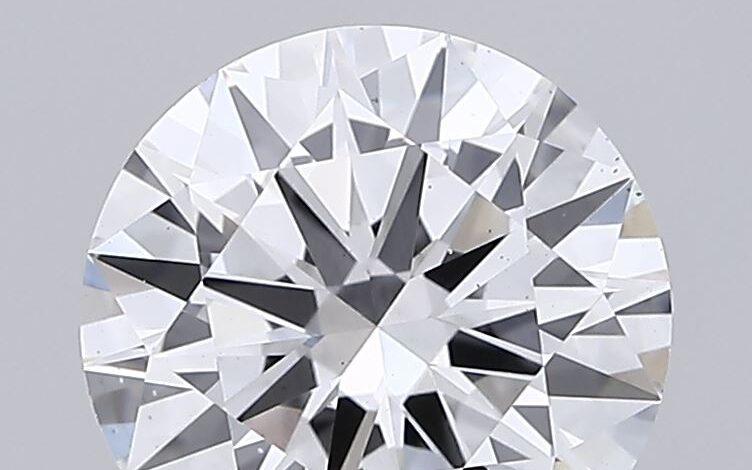
Know more about the certification process and Cuts of lab-grown diamonds ?
0 commentsCertification and Cuts of Lab-Grown Diamonds
Lab-grown diamonds have gained immense popularity in recent years due to their ethical production, affordability, and identical physical and chemical properties to natural diamonds. As more consumers turn to these eco-friendly gemstones, understanding the certification and available cuts becomes essential for making informed purchases. Here’s an in-depth look into the certification process and the various cuts of lab-grown diamonds.
Certification of Lab-Grown Diamonds
Certification is crucial for both natural and lab-grown diamonds, as it provides buyers with detailed information about the diamond’s characteristics, ensuring transparency and trust in the purchase. Although the process for certifying lab-grown diamonds differs from natural diamonds, it remains a vital step in verifying their quality and authenticity.
Independent Laboratories
Reputable gemological laboratories play a key role in the certification of lab-grown diamonds. Two of the most well-known and respected organizations in this field are the Gemological Institute of America (GIA) and the International Gemological Institute (IGI). These laboratories offer comprehensive grading reports that assess the diamond’s quality based on the universally recognized 4Cs: Carat weight, Color, Clarity, and Cut.
- Gemological Institute of America (GIA): The GIA is a world-renowned authority in diamond grading and gemology. While traditionally associated with natural diamonds, the GIA also offers certification services for lab-grown diamonds. Their reports provide a detailed analysis of the diamond’s attributes and clearly state that the diamond is lab-grown.

- International Gemological Institute (IGI): The IGI is another leading organization in the gemological world, offering reliable and comprehensive grading services for lab-grown diamonds. The IGI’s reports are known for their detailed assessments and are widely recognized by both consumers and industry professionals.

Specific Grading Reports
Certification reports for lab-grown diamonds contain similar information to those for natural diamonds, but with specific distinctions that identify them as lab-grown. These reports typically include:
- Carat Weight: The weight of the diamond is measured in carats, where one carat equals 200 milligrams. Carat weight is a key factor in determining a diamond’s value and is prominently displayed in the grading report.
- Color: Diamonds are graded on a color scale from D (colorless) to Z (light yellow or brown). Lab-grown diamonds, like natural diamonds, are assessed for color and graded accordingly.
- Clarity: Clarity refers to the presence of inclusions or blemishes within the diamond. Lab-grown diamonds are graded for clarity using the same criteria as natural diamonds, ranging from Flawless (no inclusions visible under 10x magnification) to Included (inclusions visible to the naked eye).
- Cut: The cut of a diamond refers to how well it has been shaped and faceted to maximize its brilliance and sparkle. Cut grades range from Excellent to Poor and are determined by factors such as proportion, symmetry, and polish.
Additional Information
In addition to the standard 4Cs, lab-grown diamond certificates often include extra details that distinguish them from natural diamonds. One of the most important pieces of information provided in the report is the growth method used to create the diamond.
- Growth Method: The certificate will indicate whether the diamond was created using High Pressure High Temperature (HPHT) or Chemical Vapor Deposition (CVD) methods. This information helps buyers understand the origin of their diamond and assures them of its authenticity as a lab-grown gemstone.
Cuts and Shapes of Lab-Grown Diamonds
The cut of a diamond significantly affects its appearance and overall beauty. Lab-grown diamonds are available in a wide range of cuts and shapes, allowing buyers to choose a style that best suits their personal preferences and the intended use of the jewelry piece. Here are some of the most popular cuts for lab-grown diamonds:
Round Brilliant
The round brilliant cut is the most classic and popular choice for diamonds, whether natural or lab-grown. Known for its exceptional brilliance and sparkle, this cut features 57 or 58 facets that are carefully arranged to reflect light and create maximum brilliance. Its timeless appeal makes it a favourite for engagement rings and other fine jewelry.

Princess
The princess cut is characterized by its square or rectangular shape with pointed corners. It is the second most popular diamond cut and is known for its modern and elegant appearance. The princess cut offers a brilliant sparkle similar to the round cut, but with a distinctive geometric shape that appeals to those seeking a contemporary look.

Emerald
The emerald cut is distinguished by its rectangular shape and step-cut facets, which create a unique and sophisticated look. This cut emphasizes clarity and color over brilliance, making it ideal for diamonds with excellent clarity. The emerald cut’s elongated shape and clean lines give it a classic and elegant appearance.

Oval
The oval cut is an elongated version of the round brilliant cut, offering a similar level of brilliance with a distinctive shape. Its elongated form can make the diamond appear larger than it actually is and can also create an illusion of length on the wearer’s finger. The oval cut is a popular choice for those who appreciate the sparkle of a round diamond but want a more unique shape.

Pear
The pear cut, also known as the teardrop shape, combines the features of the round and marquise cuts. It is characterized by a rounded end that tapers to a point at the other end. The pear shape is versatile and can be worn with the point facing up or down, making it an elegant choice for various types of jewelry.
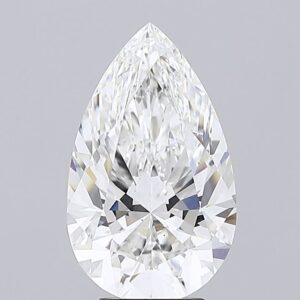
Marquise
The marquise cut is an elongated oval shape with pointed ends, resembling a football or boat. This cut maximizes carat weight, making the diamond appear larger than its actual size. The marquise cut’s unique shape and dramatic flair make it a popular choice for those seeking a bold and striking look.
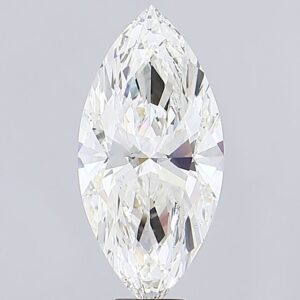
Heart
The heart cut is a romantic and symbolic choice, characterized by its heart shape. It requires a high level of skill to cut and is often used in pendants and earrings. The heart cut is a beautiful way to express love and is often chosen for sentimental jewelry pieces.
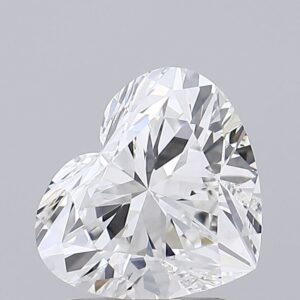
Cushion
The cushion cut, also known as the pillow cut, features a square or rectangular shape with rounded corners and larger facets. This cut offers a classic look with a modern twist, combining the elegance of a square shape with the softness of rounded edges. The cushion cut is popular for its vintage charm and exceptional brilliance.
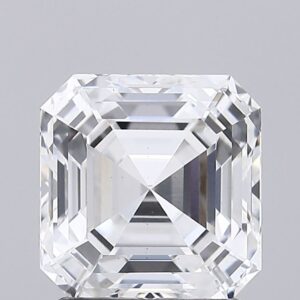
Conclusion
Lab-grown diamonds offer a wide array of options for consumers, from various cuts and shapes to the assurance of certification from reputable laboratories. As these diamonds continue to gain popularity, understanding the factors that contribute to their beauty and value becomes essential for making informed purchases. Whether you’re drawn to the classic elegance of a round brilliant cut or the unique charm of a heart-shaped diamond, lab-grown diamonds provide a sustainable and ethical choice without compromising on quality or beauty. With their combination of affordability, ethical production, and stunning appearance, lab-grown diamonds are truly the gemstones of the future.
We hope this detailed article provides a comprehensive overview of the certification and cuts of lab-grown diamonds !


